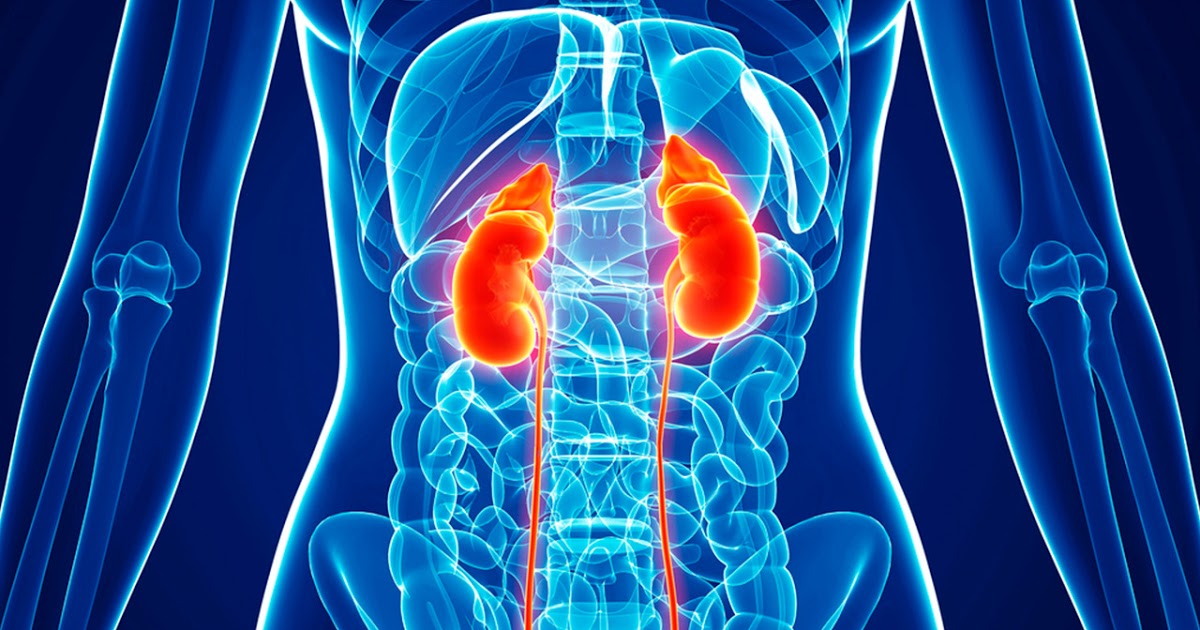Symptom Guide To Microscopic Polyangiitis
Microscopic polyangiitis is a rare disease with an unknown cause, though it seems to be a form of vasculitis, the inflammation of the blood vessels. While little information is known about microscopic polyangiitis specifically, there's a general understanding of how vasculitis affects the body. As such, medical professionals are reasonably confident that they understand how microscopic polyangiitis progresses. The disorder is rooted in a dysfunctional immune system, although it's not clear how the immune system came to be so dysfunctional. Microscopic polyangiitis is also called ANCA-associated vasculitis. ANCA antibodies mistakenly attack benevolent enzymes that reside within white blood cells. The result is severe damage to the white blood cells and the flooding of enzymes through the blood vessels, causing serious damage.
Uncover the major symptoms of microscopic polyangiitis now.
Kidney Failure

Kidney failure is the extreme, advanced stage of kidney inflammation. Kidney inflammation is the most common symptom, occurring in more than eighty percent of patients. In an ideal case, the inflammation would be discovered and treated before it progressed to total renal failure. However, the amount of time the patient has varies widely. Some patients experience slow inflammation, while others have such rapidly progressing symptoms they soon moved to renal failure. When a patient's microscopic polyangiitis is active, their red blood cells form clumps inside the inflamed kidney's tubules. Instead of being filtered, these clumps, which should not be inside the kidneys to begin with, pass through the body's filtration system and exit the body. This entire process causes damage to the kidneys and can cause them to break down, losing their functionality.
Reveal more symptoms of microscopic polyangiitis now.